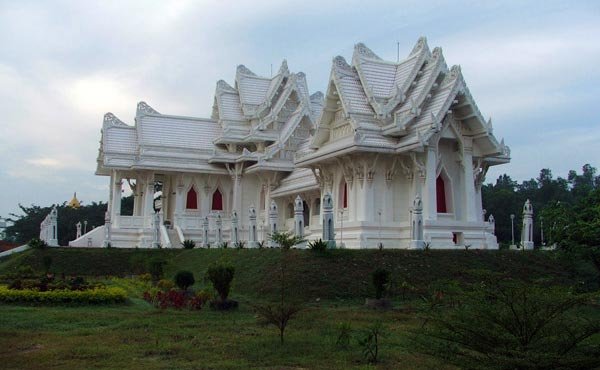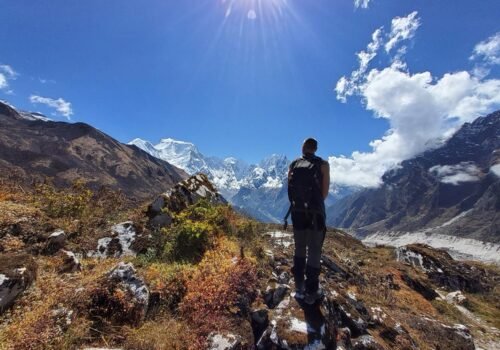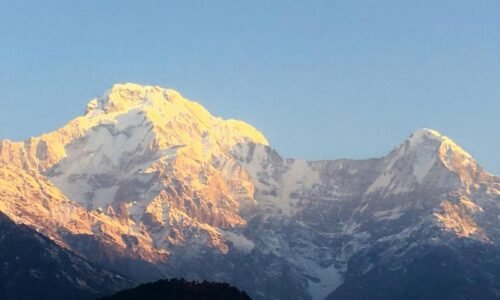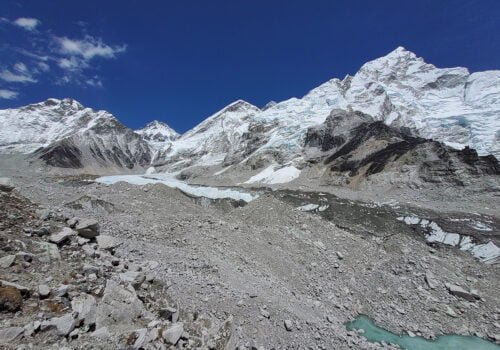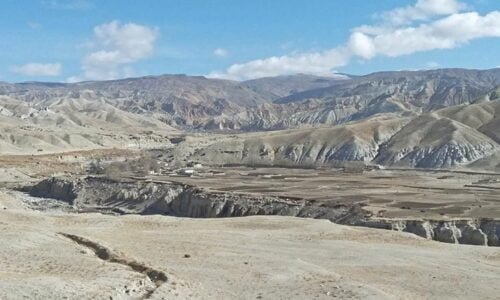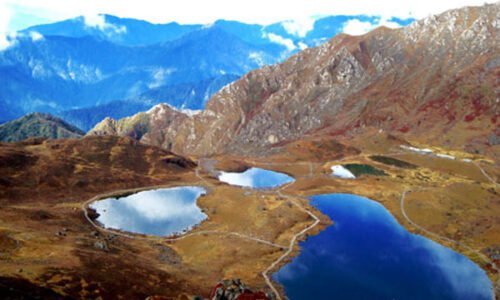Lumbini features on New York Times Top Travel Destinations 2025
15 Jan 2025 3 min to read
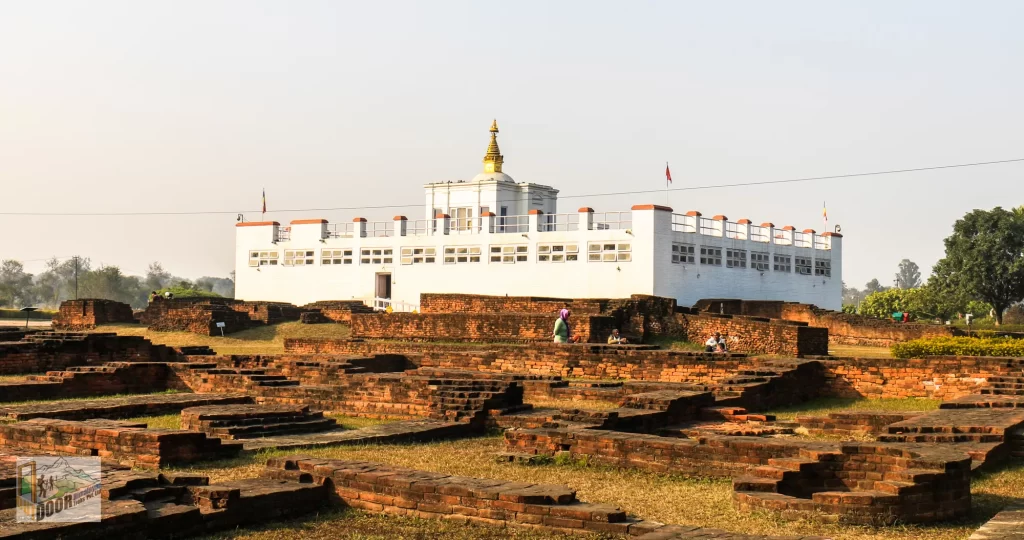
Lumbini, the birthplace of Gautama Buddha, the founder of Buddhism holds great cultural, historical, and religious significance. ‘Lumbini features on New York Times Top Travel Destinations 2025’ which is positive news. This UNESCO-listed World Heritage Site has great spiritual value and its tranquil environment fascinates tourists from all over the world.
Sanu Raj Shakya, the member secretary of the Lumbini Development Trust expressed his happiness about Lumbini being featured on the New York Times Top Travel Destinations 2025 and considered it a great achievement. He believes this will help in promoting Lumbini through external and internal tourism. The Trust report states that more than 1.1 million people visited Lumbini in 2024. With this news, they hope the inflow of visitors from worldwide.
Our Exclusive Package
Spiritual Tour of Buddhist Shrines – 7 Days
Seth Sherwood of the New York Times describes the birthplace of Gautama Buddha-Lumbini as follows:
Millenniums ago, a queen named Maya Devi is said to have entered the Gardens of Lumbini and given birth to Siddhartha Gautama, the Buddha. Lumbini, in present-day Nepal, has since become a pilgrimage site filled with ancient ruins and contemporary Buddhist centers. And 10 years after a devastating earthquake rattled the country, new temples and meditation centers are opening. Inaugurated in November, the Thousand Buddha Temple is a three-level, Tibetan-style structure adorned with three 16-foot golden Buddha statues and more than 1,000 other Buddha statues.
This year, the city will welcome the India International Center for Buddhist Culture and Heritage, a carbon-neutral, lotus-shaped building with meditation and exhibition rooms. Renovation work will also begin on the Ramagrama Stupa, a UNESCO-listed temple site from the sixth century B.C. about 30 miles from Lumbini. The Italian architect Stefano Boeri has provided the restoration design plan. Visit new temples and meditation centers at an ancient pilgrimage site.
Would you like to visit this place with us? See our suggested trip Lumbini Spiritual Tour – 5 Days
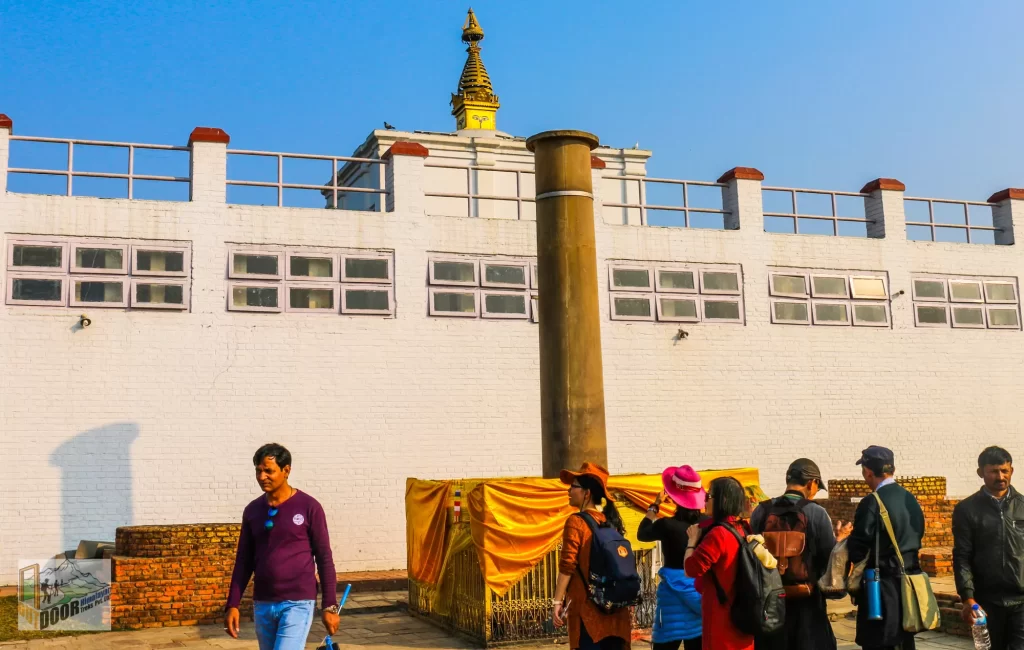
About Lumbini
Lumbini is divided into eastern and western monastic zones where only monasteries are allowed to be built. The eastern zone comprises Theravadin monasteries while the western zone comprises Mahayana and Vajrayana monasteries. Among several attractions, the birthplace of Gautama Buddha is considered sacred and is surrounded by ancient ruins, a Bodhi tree, an ancient bathing pond, the Ashoka pillar, and the Mayadevi Temple. The Sacred Garden, the Monastic Zone, and the Cultural Center & New Lumbini Village are the three divided areas in Lumbini.
Lumbini is a sacred Buddhist pilgrimage site where visitors from different nations pay homage and meditate. They visit to reflect on the teachings of Buddha as well as to explore the rich archaeological heritage. Lumbini is the perfect place for visitors seeking to connect with the Buddhist roots and learn deeply about Buddhism and the Buddha’s teachings.
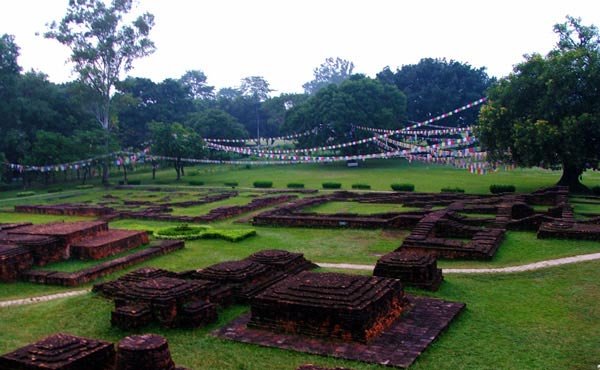
What We Can See
The Sacred Garden: Buddha’s birthplace, the Maya Devi Temple, the Ashoka Pillar, a Bodhi tree, an ancient pond, and other archaeological monuments.
The Monastic Zones: These represent Mahayana, Vajrayana, and Theravada Buddhism where several unique monasteries and stupas structures from various nations are seen.
The Cultural Center and New Lumbini Village: It features the World Peace Pagoda, the Lumbini Museum, the International Research Institute, and the Lumbini Crane Sanctuary.
